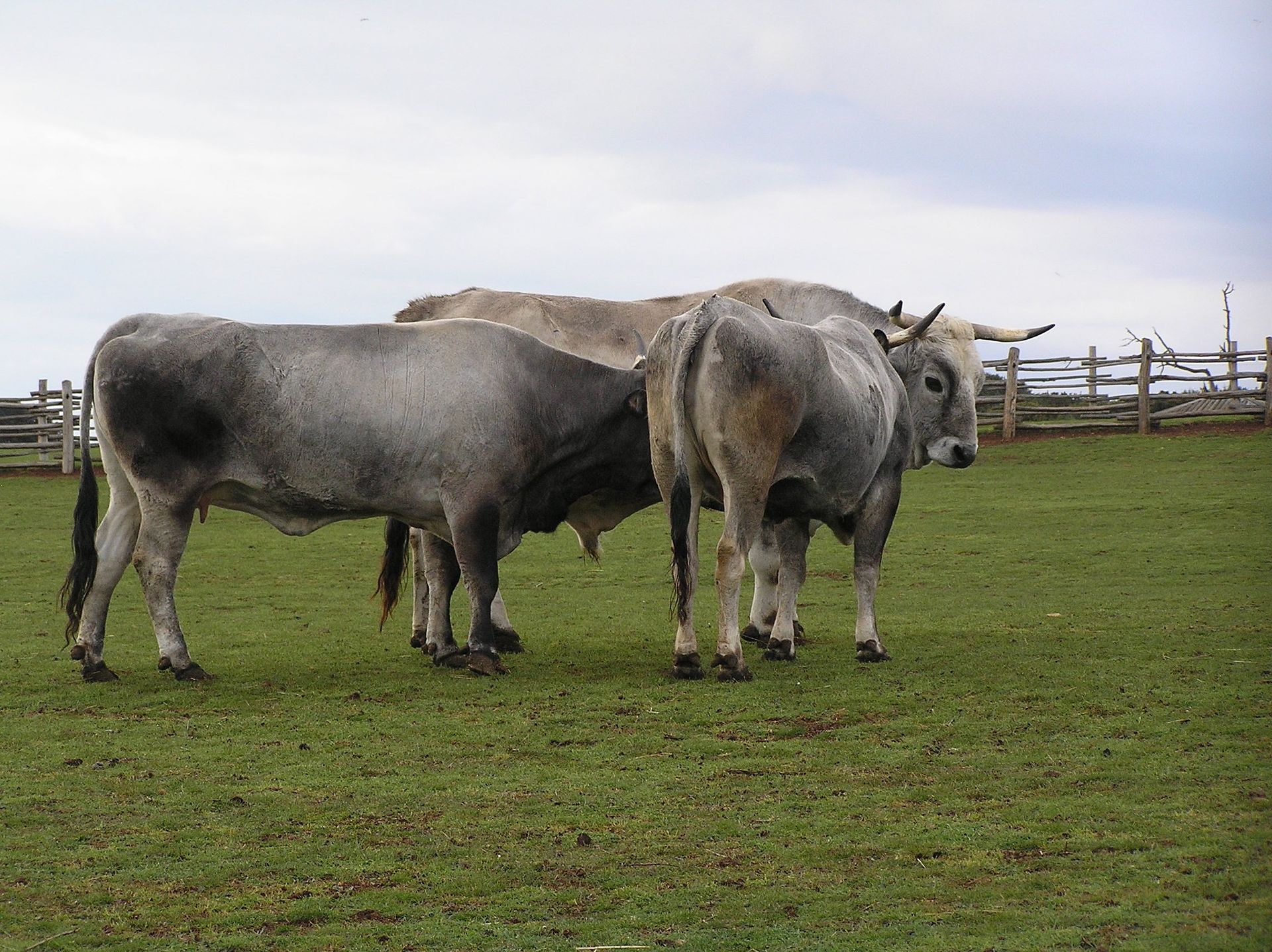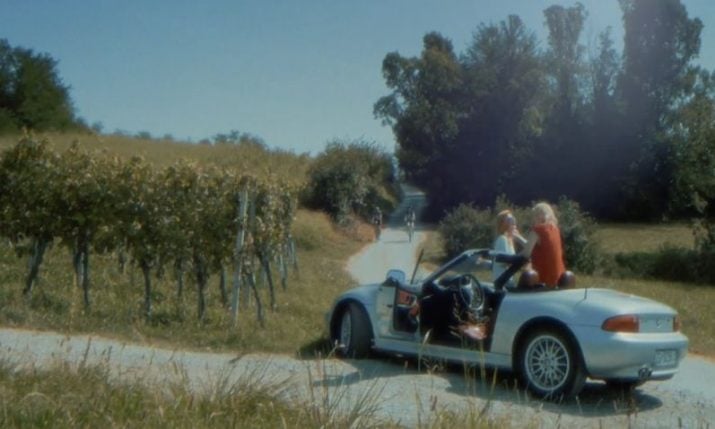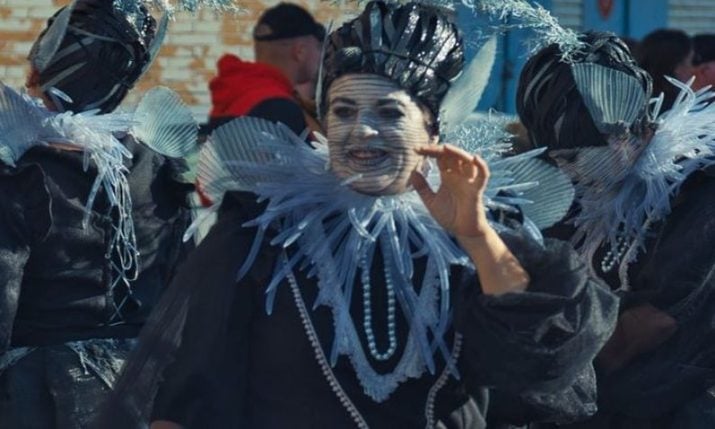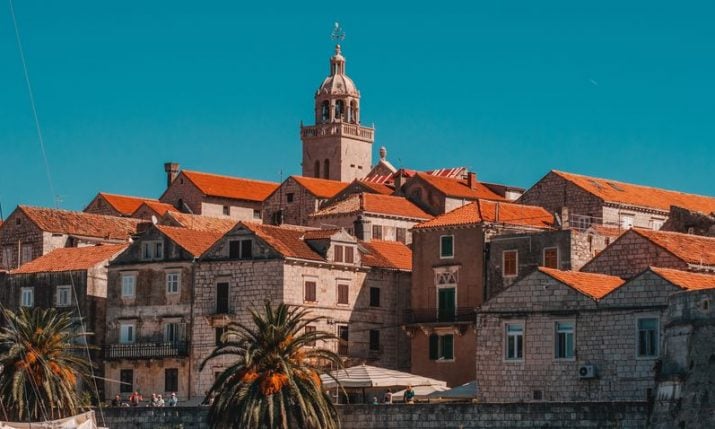3 more Croatian food and agricultural products get origin protection
- by croatiaweek
- in News
Three more Croatian food and agricultural products have this week been included in the European register of protected designations of origin and protected geographical indications.
Meso istarskog goveda – Boškarina (meat of Istrian cattle Boškarin), Samoborska češnjovka / Samoborska češnofka (sausage from Samobor) and Lumblija (traditional cake from Korčula island) all received protection this week, the European Commission announced.
With these three, Croatia now has as many as 38 food and agricultural products registered in the register of protected designations of origin and protected geographical indications and protected throughout the European Union, and is in seventh place among the member states.
The protected mark of origin guarantees the consumer the purchase of an authentic product.
Meat of Istrian cattle – Boškarin is light pink to dark red in color, moderately permeated with intramuscular fatty tissue, aromatic, pleasant smell, full of the characteristic taste of beef, soft and juicy and as such suitable for the preparation of various meat dishes.
Samoborska češnjovka / Samoborska češnofka is a smoked sausage for cooking made from minced pork, beef and/or beef and pig fat with the addition of a decoction of fresh garlic and dry white wine.
One of the specialties, which depends on the skill of the craftsman, is the manually connecting of the sausages in pairs with a small wooden stick, which requires a lot of experience.
It is produced within the administrative boundaries of Samobor and the surrounding settlements located in the northwestern part of Croatia, on the eastern slopes of the Samobor Mountains. How important Samobor garlic is for the geographical area in which it is produced and how much reputation it enjoys is best evidenced by the Samobor Garlic Festival, which has been held by the town of Samobor as part of the spring fair for 10 years, the Croatian Ministry of Agriculture said.
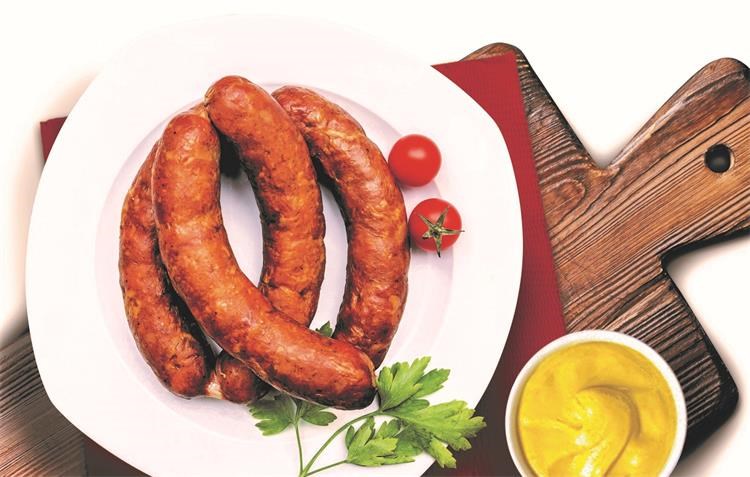
Samoborska češnjovka (Photo: Grad Samobor)
Lumblija is a traditional cake of the island of Korcula, round in shape, obtained by baking leavened dough. It is dark brown on the outside, coated with varenik or brandy and sprinkled with sugar.
It has a characteristic and full nutty-fruity taste, which comes from the raw materials used for its preparation, aromatic with added spices and harmonious. Ingredients used to make “Lumblija” include smooth wheat flour, sugar, olive oil, lard or butter, varenik, almonds, walnuts, raisins, ground cloves, cinnamon, nutmeg, coriander, anise, lemon and orange peel, vanilla sugar, brandy (rose or herb brandy), baker’s yeast (fresh or dry), milk, water and salt from which the dough is made.
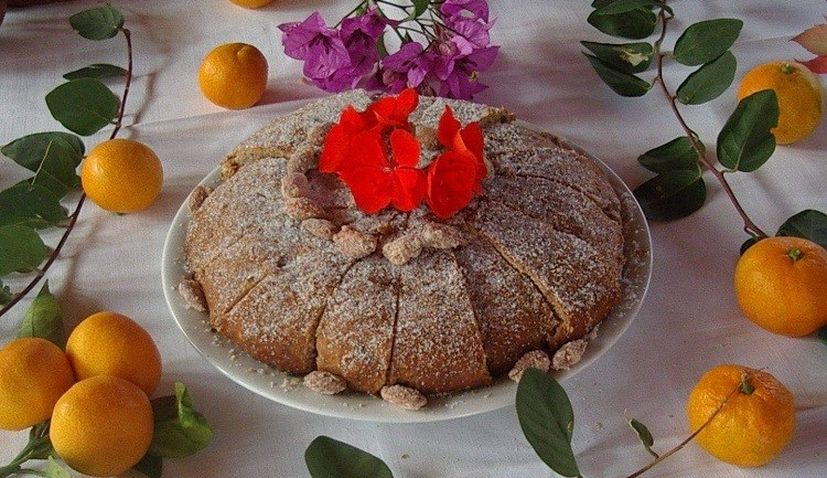
(Photo: Croatian Ministry of Agriculture)
Among the listed raw materials, ground carob can be added when making the dough.
The 38 protected Croatian food and agricultural products: Krčki pršut, Ekstra djevičansko maslinovo ulje Cres, Neretvanska mandarina, Ogulinsko kiselo zelje / Ogulinski kiseli kupus, Baranjski kulen, Lički krumpir, Istarski pršut / Istrski pršut, Drniški pršut, Dalmatinski pršut, Poljički soparnik / Poljički zeljanik / Poljički uljenjak, Zagorski puran, Krčko maslinovo ulje, Korčulansko maslinovo ulje, Paška janjetina, Šoltansko maslinovo ulje, Varaždinsko zelje, Slavonski kulen / Slavonski kulin, Međimursko meso ‘z tiblice, Slavonski med, Lička janjetina, Istra, Paška sol, Zagorski mlinci, Paški sir, Bjelovarski kvargl, Brački varenik, Varaždinski klipič, Malostonska kamenica, Rudarska greblica, Dalmatinska pečenica, Dalmatinska panceta, Lički škripavac, Lumblija, Bračko maslinovo ulje, Zagorski bagremov med, Zagorski štrukli / Zagorski štruklji, Meso istarskog goveda – boškarina / Meso istrskega goveda – boškarina i Samoborska češnjovka / Samoborska češnofka.

